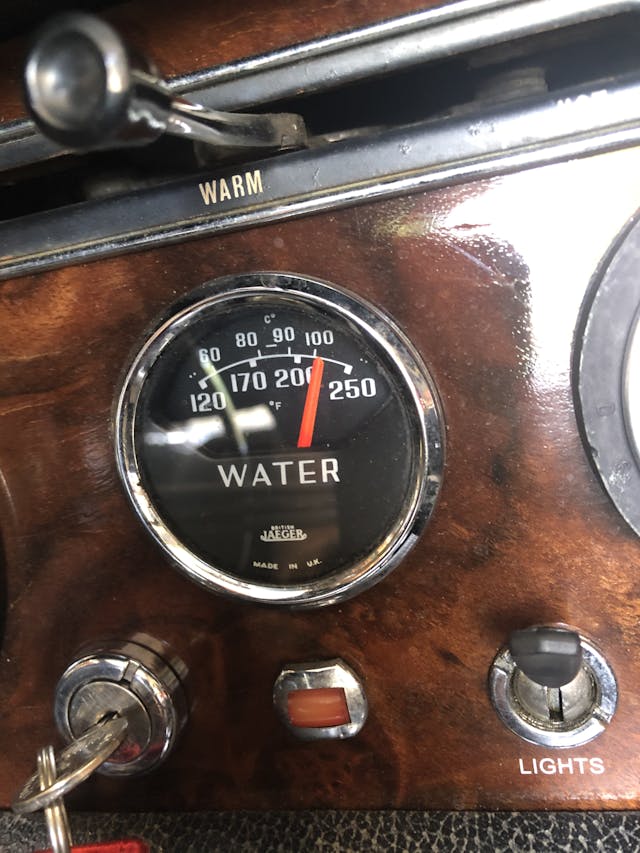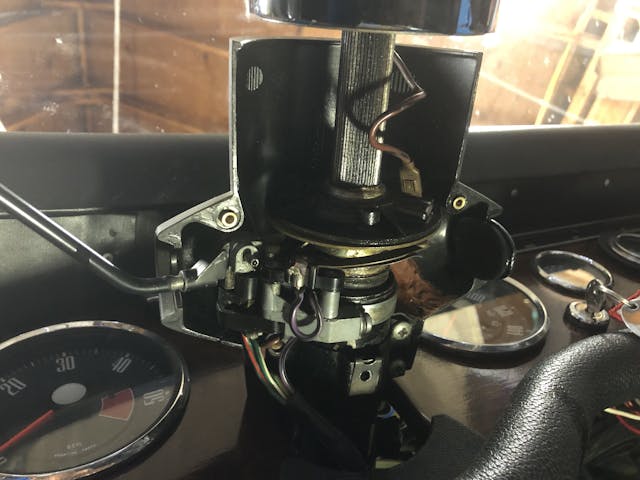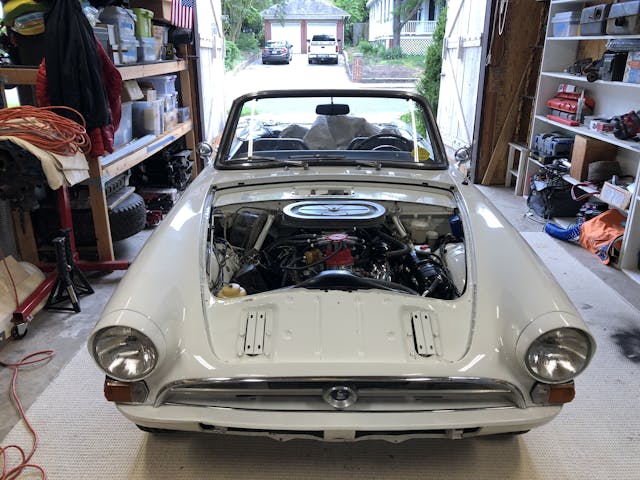Test drive! Taking the 289-powered Tiger for a spin | Sunbeam Tiger engine swap project - Ep. 12 - Hagerty Media
This episode wraps up about four months of work on the Sunbeam, with driveability issues addressed and finally escaping the confines of my neighborhood for some road testing.
With the Redline Rebuild 289 finally alive and in the car at the end of Episode 11, I was able to actually test the various systems that would need to be tip-top to get back on the road.
First, will the updated cooling system handle the added heat of the 289? That’s a tall order on a Tiger. Squeezing the small-block Ford in there to begin with created some interesting packaging challenges. The radiator is smaller than what you’d find in any other 260/289-powered Ford product, and it is well documented that the airflow is compromised. I’ve upgraded to a race-proven, aluminum, heavy duty radiator by Griffin, and the system is filled with a waterless coolant by Evans that should eliminate boil over if things get dicey. This is all just theory until you put heat in it, so there’s good testing in the video to see. It seems to hold temp pretty well at less than 200 while driving, but if you stop for very long the temp creeps up. Playing with the timing and some other things may also help this, plus I’m still using the stock 4 blade mechanical fan. Lots to play with here, but it gets me down the road so I can keep working.

The second big area of concern to shake out was the clutch engagement. Like, it wouldn’t go into gear without a CRRRUNCH with the engine running. Oh man, was it something I did during the installation of the new clutch and pressure plate? Did I not knock the pilot bearing far enough into the flywheel? These scenarios and more were running through my head, and I even ordered a new part (from Classic Sunbeam) for the hydraulic clutch just in case. I finally was able to worm my way down into the floorboard of the car—a place best served by small children—and found a loose adjustment nut on the back of the arm coming out of the clutch hydraulic cylinder. While I was in the area, I went ahead and fixed the jangling horn contact ring inside the steering column and made the telescoping function work again after many years of inactivity.

OK, we confirmed it can keep cool enough to drive around, and now the four speed does its thing smoothly again. What now? Duh—let’s hit the road and feel this thing out! For filming, I tried several different rigs, but what worked best for video and sound ended up being an old GoPro I had. Everything else just seemed to lose the sound in the wind, or just couldn’t be mounted securely with what I had around. Some learnings for next time, but in the video you’ll see and hear what I experienced the first time. Even relatively putzing around at half throttle, this thing is a thrill to drive. The original 260 two-barrel was smooth, but with 164 horsepower at around 4500 rpm, it was a little agricultural in nature. The Redline Rebuild 289, on the other hand, wanted to really rev, and you could feel the extra power—like about 1oo hp more. Other questions keep arising as I drive. I need to figure out why my electric tach is dead, but it only reads to 5000 anyway, so it’s probably on the way out. The fuel in the car is also left over from early March, and it’s non-ethanol 89 octane at that. My guess is that with a fresh tank of 93 octane, I’ll be able to fine tune the timing and feel a lot more comfortable about giving it more squirt.

So what’s next? I’m taking a little heat-related hiatus from the project, but when I come back I’ll get into the conversion to the Holley Sniper EFI system sitting on the bench, as well as discuss the path I’ve taken towards reliable, road trip proof cooling upgrades.
Thanks for rolling with me on this project, it’s been a big learning experience in more ways than one. When the world is ready, this car hits the road!







